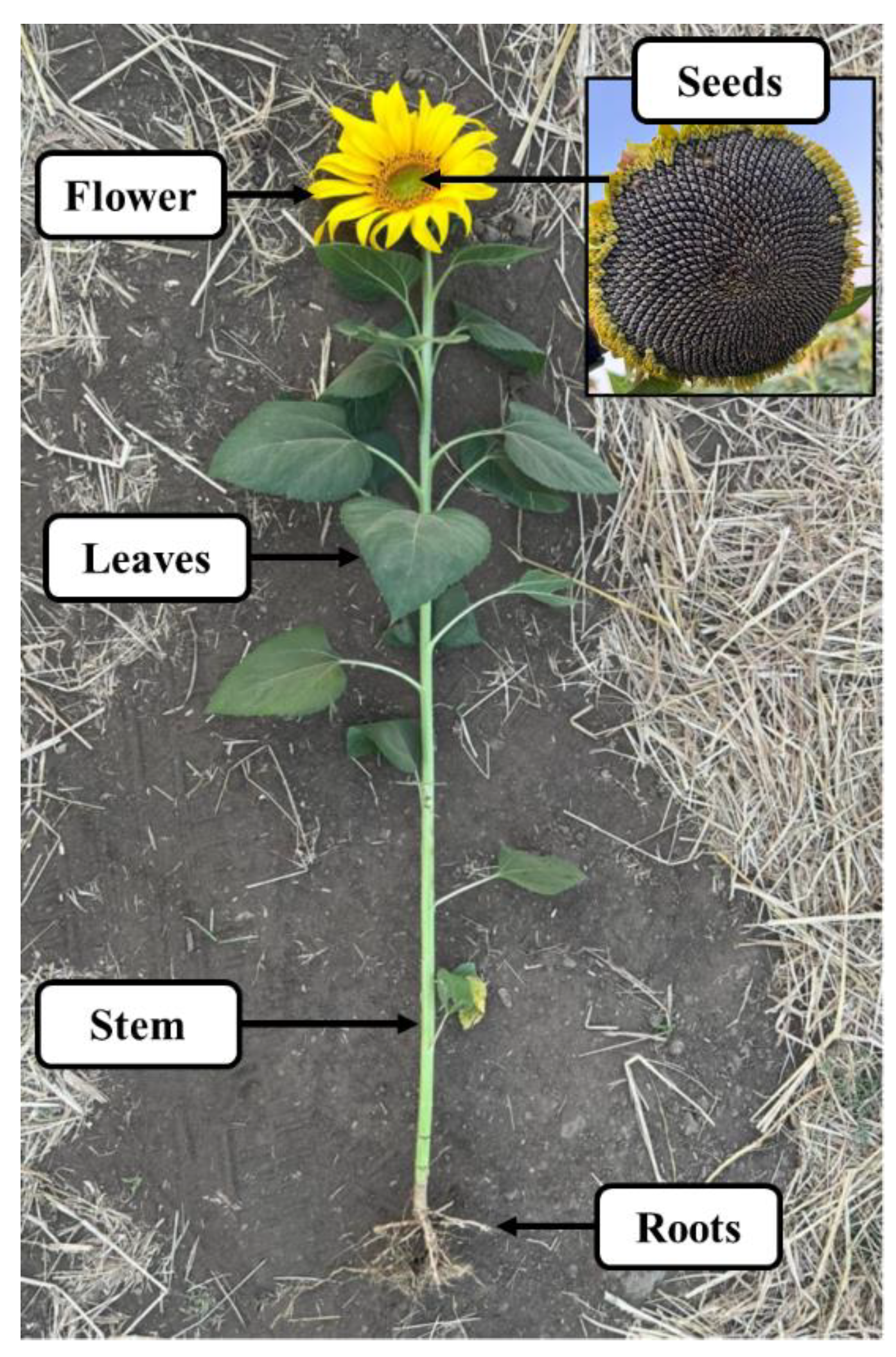Sunflowers are one of the most iconic flowers, easily recognizable by their bright yellow petals and tall, strong stems. But did you know that sunflower leaves are just as important as the flower itself? Not only do they provide food for the plant, but they also protect it from pests and diseases. Let’s take a closer look at sunflower leaves and what makes them so special.
Sunflower leaves are edible and can be cooked or eaten raw. They have a slightly bitter taste, similar to spinach. Sunflower leaves are packed with vitamins and minerals, including vitamins A, C, and E, as well as iron, magnesium, and potassium. They are also a good source of dietary fiber and antioxidants. Sunflower leaves can be cooked like other leafy greens, such as spinach and kale, and can be eaten either raw or cooked.
What Do the Leaves of Sunflower Look Like?

Baby Sunflower Plant Leaves
A baby sunflower plant has large, serrated leaves that are usually a light green color when they first form. These tender leaves grow from the central yellow bud and point outward in all directions. As the sunflower plant grows, its leaves will become larger and its edges will lose their serration until fully mature. The baby sunflower’s large, flat leaves reflect its environment – when getting plenty of sunlight and water, the leaves can become a lush green color that almost appears to be glowing; when it is not watered or given enough sunlight, these precious leaves can suffer and even die off altogether. Despite their vulnerable nature, baby sunflower leaves are incredibly resilient and will offer years of protection and sustenance to the home that nurtures them.
Are Sunflower Leaves Medicinal?
What Do Sunflower Leaves Do?
Why Are My Sunflower Leaves Turning Yellow?
The yellowing of sunflower leaves can be caused by a variety of factors, including nutrient deficiencies, too much or too little water, environmental stress, or a pest or disease issue. To determine the cause, you should inspect the plant closely for signs of stress and damage. If the yellowing is the result of a nutrient deficiency, apply a balanced fertilizer according to the package instructions. If the yellowing is due to environmental stress, adjust the environment accordingly, such as providing more light or increasing air circulation. If a pest or disease is the cause, treat the plant appropriately with an insecticide or fungicide.
Sunflower Leaves Curling
Why are My Sunflower Leaves Turning Brown and Dying?
Sunflower leaves turn brown and die because of a lack of water, especially during dry weather. Sunflowers need plenty of water to stay healthy, especially during their growth stages. They also need regular fertilizer to ensure they are getting the nutrients they need. If the plants are located in a windy area, they may need extra protection from the wind. Lastly, sunflowers are susceptible to certain pests and diseases, such as aphids, mites, and rust, so keeping an eye out for these is important.
How Long Does it Take For a Sunflower To Grow Leaves?
Sunflower seedlings usually develop their first set of true leaves within 7 to 10 days after germination.
What Toxins Do Sunflowers Remove?

